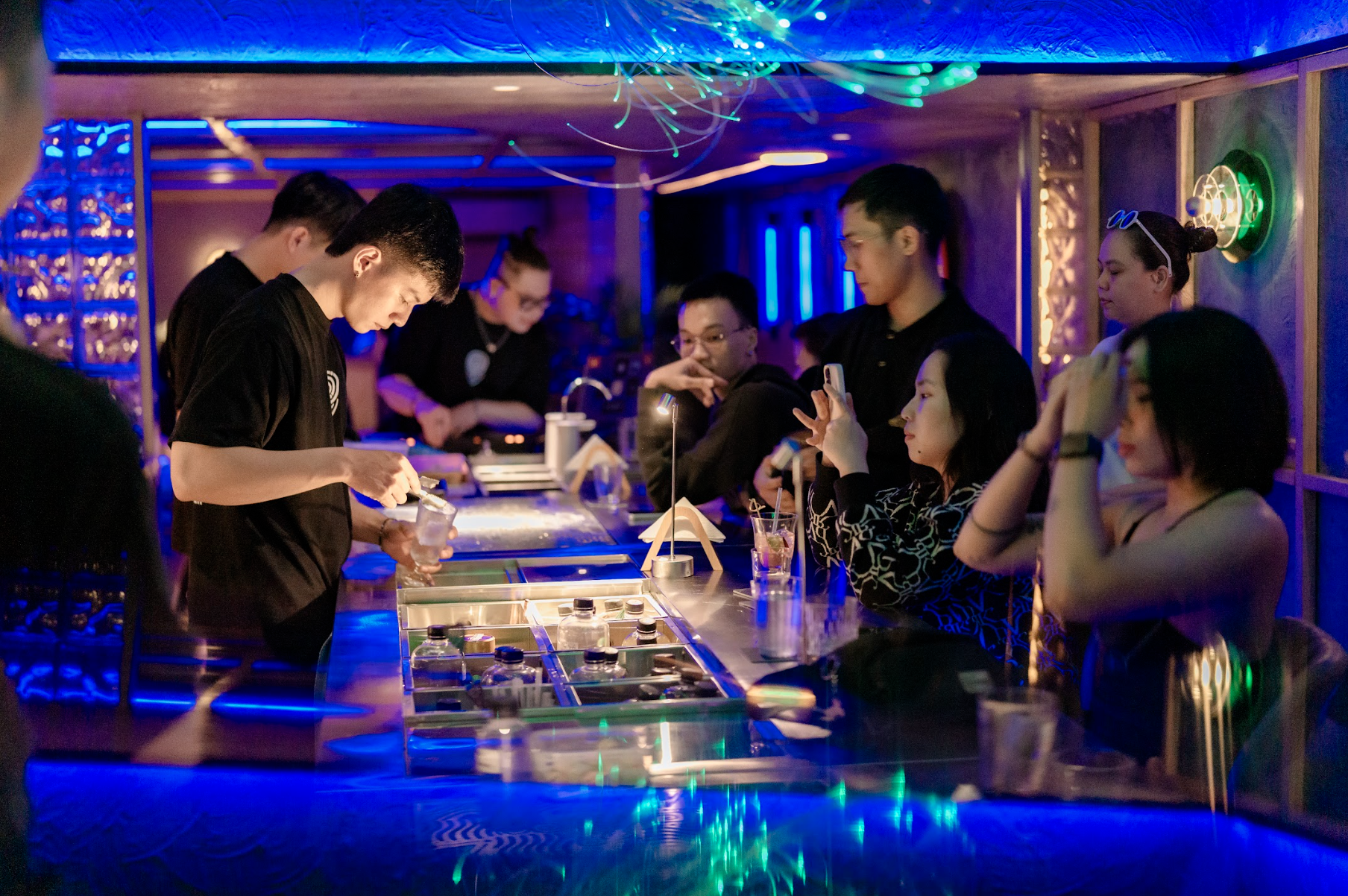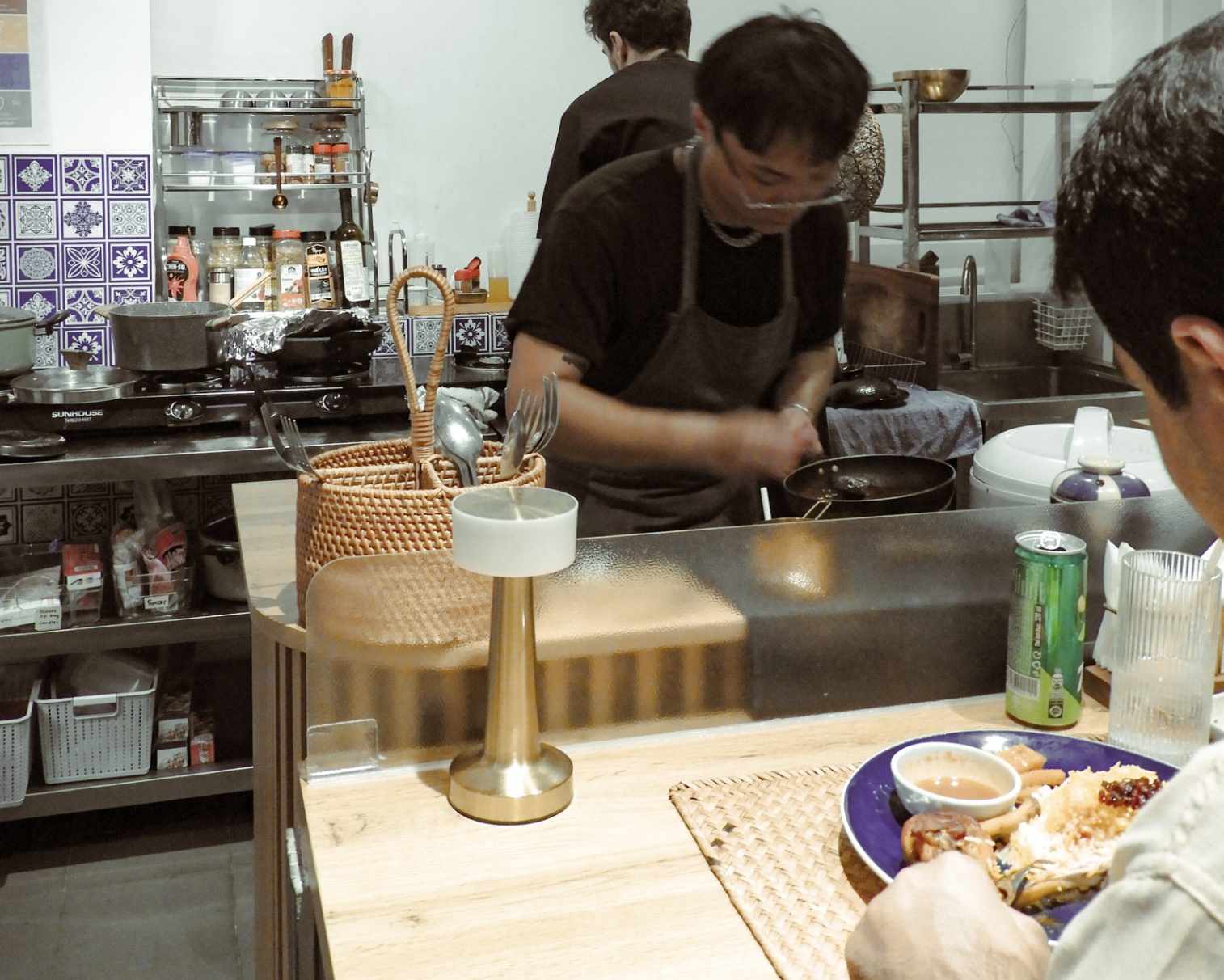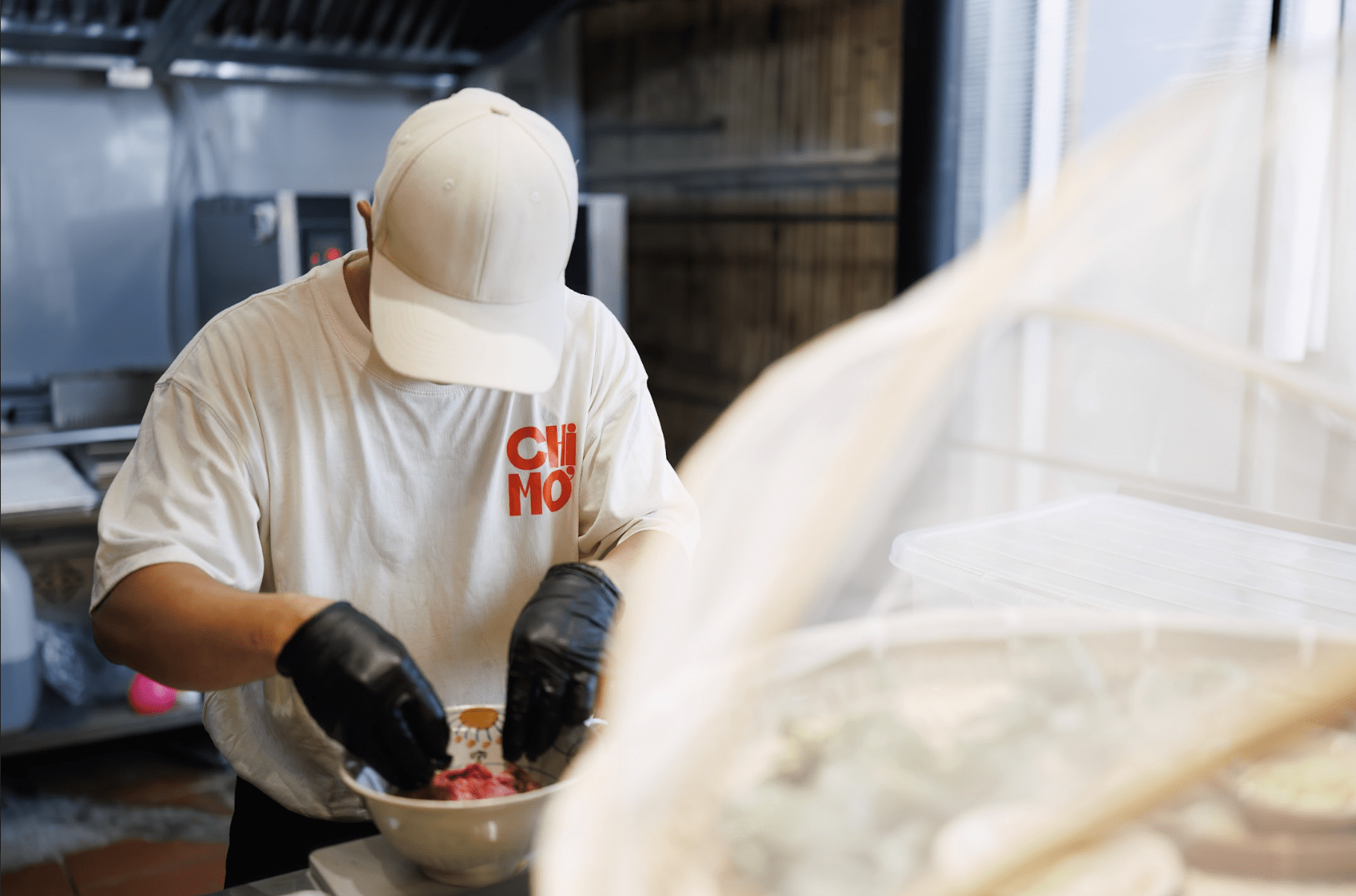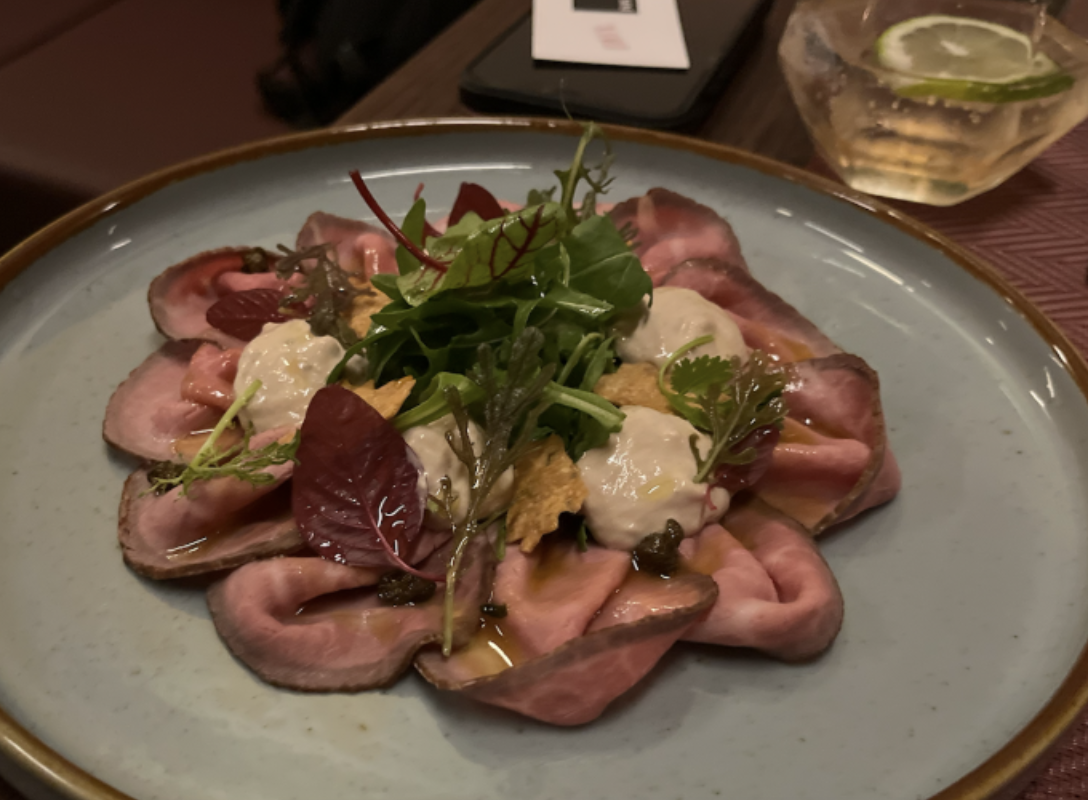2021 Beverage Trends in Southeast Asia
Interview with Gerardo Callipo Business Development Manager (APMEA) at Kerry Group
In anticipation of the new year, Jovel speaks with veteran Southeast Asian beverage guru Gerardo Callipo about key market trends for the beverage industry in Southeast Asia, untapped opportunities and what we can expect from Southeast Asia’s beverage industry in the next 5 years. Kerry Group is a global leader in taste and nutrition and serves more than 1 billion consumers daily, read more about Kerry here.
CORONAVIRUS IMPACT ON THE BEVERAGE INDUSTRY
Market Receptiveness and Restaurant Readiness to Online Delivery
The pandemic was like a Black Swan event where overnight businesses had to change their business models and reinvent themselves. The beverage industry was no different and was hit equally as hard however we saw the extent of impact differs across Southeast Asia depending on the market readiness and receptiveness to online food and drink consumption such as delivery and online ordering.
In more mature markets such as Singapore, Indonesia and Thailand where delivery logistics, technology support and platforms as well as the consumer market were already quite well established, the impact was a lot less than countries where online ordering and delivery were more nascent such as India.
Furthermore in more mature markets where F&B businesses were already incorporating delivery and online ordering into their business model, it was simply a shift of resources which was less disruptive than F&B players that solely focused 100% offline and had to start.
Similar to consumer goods such as coffee, tea and spirits where a lot of their business is driven through in-person tasting sessions and experiences in workshops, we had to work with them to bring this experience online via workshops and other consumer engaging strategies. Such an example was a DIY bubble tea kit in Malaysia which was a fun and innovative way to engage with consumers and keep them interested. Similarly to big brands such as Starbucks where a lot of their brand is focused on the idea of a ‘third place’, during the pandemic they quickly pivoted their marketing strategy to focus on delivering efficiency (curb side coffee pick-up) as well as delivery and customisation (mobile application).
Changing Consumer Preferences
1.‘Back to basics’ indulgence
Like every Black Swan event that is unprecedented i.e. World War or 9/11, what we see is existing fads and trends immediately go out the window as the market is suddenly disrupted. In such cases, a vacuum is created and consumer preferences go straight ‘back to basics’.
During the pandemic, indulgent food became the new anti-stress. I remember right before Singapore announced the lockdown, everyone flooded to their bubble tea stores! Nobody was rushing to eat a quinoa salad with salmon. Similarly, when the lockdown was lifted we saw the same thing happen and also in Australia where long queues were formed outside fried chicken stores around the country. The thing we must understand is humans crave their favourite comfort and nostalgic foods during such periods of stress.
However I would not exactly say it’s a guilty pleasure so much as it is a ‘permissible pleasure’, people want to have indulgence but they want to feel good about it and I also call it selective indulgence. People who want to have something indulgent usually just go for it and you want to have it as good as possible and this can be seen in products that are using much better and premium ingredients with origin stories.
2. A mix of pre and post pandemic consumer trends
Interestingly however what’s happening now with the new vaccine and things going back to somewhat normal, trends from before the pandemic (good for you and healthy) are mixing with trends that emerged (indulgent back to basics) during the pandemic. Locked down and stressed workers who were binge eating due to stress now have to return to the office and realise “hey, I can’t fit into my work pants anymore!”
3. ‘Selective Pleasure’ Foods
So, they look for better-for-you options in an effort to lose weight but they’re so used to eating such sinfully indulgent food that they’re looking for an in-between. Contrary to popular belief, the category of food that was most trendy wasn’t ‘guilt-free pleasures’ but instead ‘permissible pleasure’ or ‘selective pleasure’ foods. These are your usual foods but made with premium, fresh and high quality ingredients i.e. if I’m going to treat myself, I’m going to treat myself to the absolute best.
Consumers aren’t just looking for healthy guilt-free products anymore, they want more. They’re also looking for fresh, high quality and premium products with origin stories, meaning and value. Chocolate? Yes please but what’s the nutritional content? Sugar level? Cocoa content and origin of the cacao bean? Let me check the product label. Also, what’s the story, how does the brand make me look and also how does the chocolate look?
PLANT-BASED AND GOOD FOR YOU BEVERAGES
Asia is a ripe market for plant-based foods and beverages
Plant-based foods and beverages are nothing new in Asia. In fact, Asia is one of the largest consumers of soy-based meats and this is of no surprise because of the widespread prevalence of Buddhism and vegetarianism.
Historically, Asia is a pioneer in this field with mock meat (made from soy) and plant-based meat substitutes that were first introduced in China in the 6th century by Buddhist monks. Similarly, Asian diets already incorporate many plant-based substitutes and milks such as coconut milk (Vietnamese coffee, desserts in Singapore, Thailand and Malaysia such as chendol, bubur cha cha, mango sticky rice etc.), tempeh and soy (Indonesia) and soy milk, so they’re used to the deliciousness and flavour of plant-based milks and substitutes.
The plant-based trend that we’re seeing now although is nothing new, it is different. Today’s plant-based products are different to the mock meats that we’re used to in Southeast Asia, they’ve been ‘upgraded’ and ‘mainstream-ified’ ie. they resemble traditional meat and dairy products in taste, texture and even in how they look so much so they' aren’t just substitutes anymore, they’re basically the real thing. This is why they’re becoming so popular amongst both existing plant-based eaters in Asia (HUGE!) and meat eaters, especially in today’s increasingly educated, ethical and conscious market.
Taste is king but also the key challenge
The main driver for consumer purchase is taste and one of the key challenges that food service companies such as Kerry and F&B players face is developing plant-based products that taste the same as their meat/dairy counterparts. This is because some meat-free proteins have unpleasant flavours and smells that are difficult to mask, similar to dairy-free products.
People want good-for-you beverages with a function
Consumer don’t drink for the sake of drinking or to quench their thirst anymore. They need a reason to purchase a beverage. For example, people drink coffee in the morning to boost their energy or chamomile tea in the evening to help them sleep better.
People are looking for more from a beverage, added value, functionality, origin, storytelling so they’re looking for a coffee and something else. The thought process is “I need to take vitamins but I also need some caffeine for the morning - why can’t I drink these 2 things together?”. We saw this being put into practice 2 years ago when Coca released a zero-sugar version of a coke with Javanese coffee nationwide in the US. With the pandemic, we see two health benefits that consumers are increasingly looking out for and they are - immunity and digestive health.
Once again, Asia is a ripe market for beverages with a function because traditionally, we are a culture that has long attributed beverages with health benefits and function. In Chinese culture, you drink tea with your meal to help you digest your food, herbal tea to boost your immunity or when you’re sick but in the US or Europe, you drink tea to quench your thirst or as a palette cleanser.
One of the biggest challenges however is to be able to modernize this concept and shift this traditional mentality in Asians. When you’re sick, you want to walk to the herbal store in Chinatown that you grandmother used to bring you to and pick up a cruelly bitter 26 herbs Chinese tea to boost yourself back to good health. The bitter association with the flavour of Chinese tea as well as functional beverages being a traditional concept are key challenges that F&B players need to overcome in today’s modernised world. There are a number of tea brands in Southeast Asia that are popping up in an effort to modernise not only tea but also its ritual such as introducing ‘tea-spressos’ and barista-like tea experiences.
MARKET EXPANSION AND DIFFERENTIATION
Craft spirits coming out from Asia is a regional trend but Vietnam still has a way to go
Craft spirits coming out from Asia is one of the biggest trends in the alcohol world right now. Japan and Taiwan were the first two countries that showed the world that Asia has the capability to produce global award-winning spirits and are now distributed internationally. Vietnam doesn’t have that recognition yet unfortunately and hence international consumers and companies don’t have the confidence to purchase or distribute Vietnamese spirit brands and hence few of these Vietnamese spirit brands leave the country.
The reality is for Vietnamese brands to be mainstream, they need a big international company to either purchase or distribute their product globally like what’s happening for Japan and Taiwan right now. However, I truly believe this is something that can happen for Vietnam as Vietnamese spirits are very good.
Branding and origin stories play a big role in driving consumer purchase
Consumers want to connect with brands. They want to know what they’re consuming, who they’re helping and the origin stories of not only the products but also the ingredients. Have a look at the tea brands in Vietnam and you’ll realise many of them focus on origin and the source of their ingredients.
Leverage on the Uniqueness/Advantages of Vietnamese Coffee
Ritual and Taste
The biggest identifier and unique selling point about the Vietnamese coffee is the ritual and taste. Tantamount to the mocha pot in Italy, the Phin is something that is uniquely Vietnamese as well as the ritual of making Vietnamese coffee with it. Similarly, Vietnamese coffee is made up of equal parts 50/50 and up to 70% Robusta) parts (up to 70%) Arabica and Robusta coffee whereas a typical coffee blend in Italy is usually 70/30 Arabica and Robusta respectively. In fact, Vietnamese coffee is one of my favourite coffees from Asia as it’s the most similar to Italian coffee for me.
Unfortunately, the reason why you don’t see many Vietnamese coffee brands being sold overseas is because the coffee business and culture in Vietnam is still very young as compared to more mature markets such as Brazil or Australia, despite being one of the largest exported goods from Vietnam.
2. Robusta Coffee
In the 70’s, Brazil was the world’s number one producer of coffee until it hit one of its coldest years in history which wiped out all its coffee crops. As a result, the Germans decided to set up their own coffee plantation in Vietnam (due to Soviet ties) just for their own consumption and they trained thousands of Vietnamese people to make coffee. They replaced the opium fields with coffee plantations and the rest was history. In the 90’s, the coffee industry was a booming industry in Vietnam and lifted not just the economy but many Vietnamese living under the line of poverty. Today, Vietnam is the largest producer and supplier of Robusta coffee, the key ingredient in most instant coffees that you drink. It’s a great feat considering its nascency.
Despite Arabica being a more premium coffee is not very sustainable so Robusta, despite being a ‘lower grade’ is a lot more sustainable to cultivate. In the near future, Robusta coffee is expected to flourish in the global coffee economy and Vietnam being the largest producer and exporter of Robusta coffee will definitely be reaping the benefits.
Today, we see many coffee players in Vietnam trying to change the perception of Robusta being a lower grade coffee and coming up with products such as single-origin premium Robusta coffee. This is just a small step in a big change to the future of coffee.
THE FUTURE OF SOUTHEAST ASIA’S BEVERAGE INDUSTRY
In summary, the future of Southeast Asia’s beverage industry can be condensed into 5 key trends -
Plant-based and dairy-free substitutes entering mainstream beverage categories (coffee & tea)
Taste is king so we’ll see more substitutes that resemble their non-dairy or plant-based counterpart
Functional mainstream beverages
We will see more beverages that incorporate multiple consumption points together. I definitely see an uptake in mainstream beverages with health benefits especially those related to immunity and digestive health. Think indulgent chocolate coffee mochas that are 50 calories, look good, taste the same as one that is 500 calories and also promotes gut health. Yup, these are the consumers today.
Permissible pleasure products with a focus on origin and premium quality ingredients
Increased Customisation
People want to customise their flavours and sugar levels. If you look at Starbucks in Singapore, people can now customise their favourite drinks including sugar and ingredient levels.
On-demand technology
Think Kopi Kenangan in Indonesia, Luckin Coffee (although bankrupt) in China and Rocket Internet’s Flash Coffee in Thailand and Singapore - all these are retail technology beverage apps that allow customisation (sugar levels, ingredient levels etc.) and on-demand delivery as well as scheduled pick-upsPremium Robusta Coffee
Asia-born craft spirits going global






















Like what you read?
Discover Vietnam’s coming-of-age food and drink scene with one of our tours and experiences exclusively available at Saigon Social